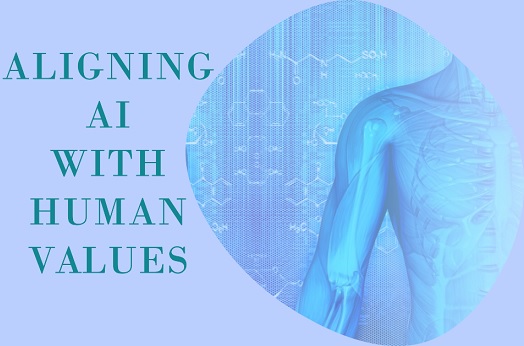
AI Alignment
- On October 20, 2023
- AI
Are you afraid of what AI might do to humanity in the future? If your answer is positive this article is for you. It will give you an overview to the new research field called AI alignment. AI alignment is a critical concept in the field of artificial intelligence (AI) and machine learning. It refers to the process of ensuring that AI systems and their goals are compatible and align with human values, ethics, and objectives. The primary goal of AI alignment is to create AI systems that are beneficial, safe, and controllable, even as they become more powerful and sophisticated.

Here are some key aspects and challenges related to AI alignment:
- Value Alignment: Ensuring that an AI system’s goals and objectives align with human values and preferences is one of the fundamental challenges of AI alignment. This means that AI systems should act in ways that are consistent with what humans want and consider ethical.
- Robustness and Safety: AI systems must be designed to be robust and safe, meaning they should not engage in harmful or unintended behavior. Ensuring that AI systems do not misinterpret instructions or exhibit risky behavior is a crucial aspect of alignment.
- Misalignment Risks: One major concern in AI alignment is the risk of misalignment between an AI’s goals and human values. If an AI system’s objectives deviate from what is intended or desirable, it can lead to harmful consequences.
- Value Learning and Reward Functions: Developing mechanisms for AI systems to learn and understand human values is a challenging task. Reward functions, which guide AI behavior through reinforcement learning and similar reward functions, need to be carefully designed to avoid undesirable outcomes.
- Alignment with Long-Term Goals: Ensuring that AI systems consider long-term consequences and implications, rather than just optimizing for short-term objectives, is essential for alignment.
- Controllability and Interpretability: AI systems should be designed to be understandable and controllable by humans. This includes making their decision-making processes transparent and interpretable, allowing humans to intervene when necessary.
- Ethical Considerations: AI alignment also involves ethical considerations, such as fairness, bias mitigation, and ensuring that AI systems do not discriminate against individuals or groups based on sensitive attributes.
- Regulation and Governance: There is an increasing need for regulatory frameworks and governance structures to oversee the development and deployment of AI systems, ensuring alignment with societal values and safety standards.
Research and development in AI alignment are ongoing, and experts in the field are working to address these challenges to create AI systems that are beneficial and trustworthy. Ensuring AI alignment is crucial to harnessing the potential benefits of AI technology while minimizing potential risks and harm.


